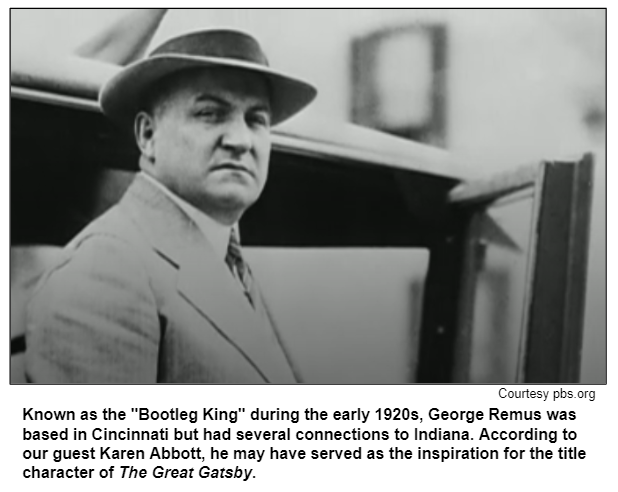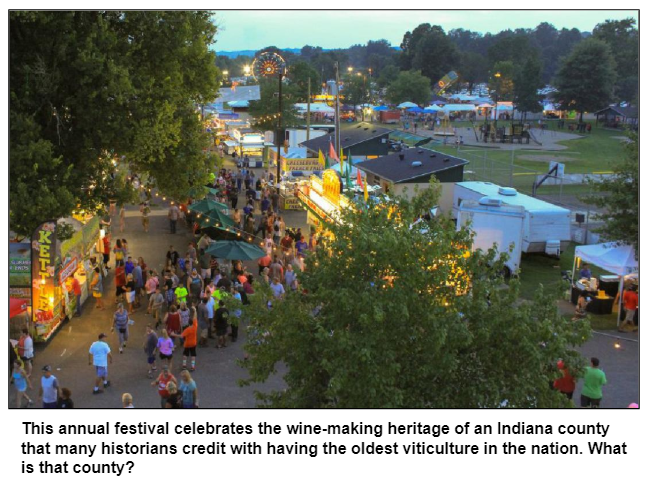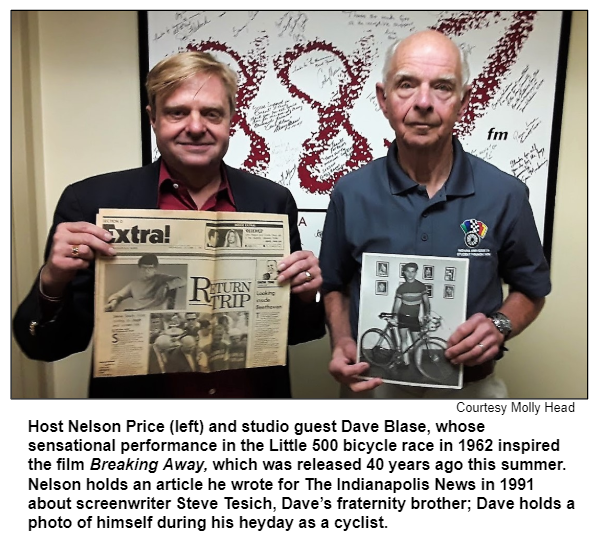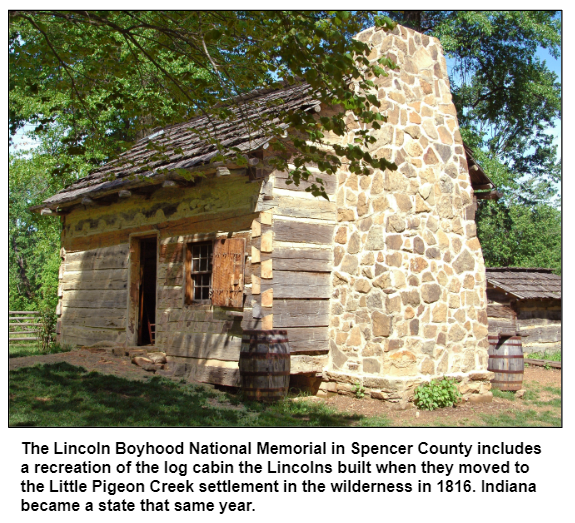
Saturdays, noon to 1 p.m. ET on WICR 88.7 FM.
Or listen live from anywhere on WICR Online!
Our call-in number during the show: (317) 788-3314
August 24, 2019
Bootleg King and his Indiana connections

Known as the "Bootleg King" during the early 1920s, George Remus was based in Cincinnati but had several connections to Indiana, including one of his top revenue sources, the Squibb distillery in Lawrenceburg on the Ohio River.
Many of his rum-runners came from Indiana and stayed at "Death Valley," his heavily-guarded farm just west of Cincinnati that served as a storage area for his vast quantities of alcohol.
The posh Claypool Hotel in downtown Indianapolis was one of the favorite lodging spots for Remus and his glamorous wife, Imogene.
The Claypool also was where, in the middle of the night, Remus tracked down Imogene when she was staying at the hotel with a car salesman. Remus, in a jealous rage, nearly beat the salesman to death in the elegant hotel.
The social history, national impact and Indiana connections of the colorful "Bootleg King" will be the focus of our show when New York-based author Karen Abbott joins Nelson by phone. Abbott (as she prefers to be called), is the author of The Ghosts of Eden Park (Crown Publishing), a new book about Remus, his lavish lifestyle and his crimes.

Abbott noted that a courthouse in Indianapolis was the setting for one of his federal trials; in 1925, he was accused of crimes associated with a Jack Daniels distillery.
During the trial, Remus stayed at the lavish Claypool, which, with its rival, the Hotel Lincoln, was the focus of a Hoosier History Live show in March.
According to Abbott, Remus probably was the inspiration for the fictional character of Jay Gatsby, the central figure in The Great Gatsby, the classic novel by F. Scott Fitzgerald published in 1925. Like Gatsby, Remus owned a string of pharmacies, lived in an opulent mansion and, as Abbott puts it, "was obsessed with an enigmatic woman."

Although he stuck to that vow on a personal level, he oversaw a bootleg operation based in Cincinnati that was so massive he had 3,000 people on his payroll and a fleet of 147 trucks.
His chief adversary was Mabel Walker Willebrandt, the assistant attorney general for the U.S. Department of Justice based in Washington DC. According to our guest Karen Abbott, Willebrandt was "the most powerful woman in the country" during the early 1920s and was in charge of thousands of alcohol-related cases during Prohibition.
Her challenges in bringing Remus to justice included his bribes to federal agents and what Abbott describes as his "cozy relationships" with top federal administrators, including Willebrandt's coworkers and supervisors.
Roadtrip: Lydick Bog, a new Indiana State Nature Preserve

Leave those figurative swamplands behind and join Guest Roadtripper Chris Taelman of South Bend as he takes us on a visit to a literal swamp: the Lydick Bog near South Bend in St. Joseph County.
As Chris tells us, the 178-acre parcel of land known as Lydick Bog was recently dedicated an Indiana State Nature Preserve, part of the Shirley Heinze Land Trust, which has been protecting and preserving natural land since 1981.
Located just west of South Bend at the northern edge of North Chain Lake, Lydick Bog contains a variety of habitat types, including wetlands interspersed with high ridges and islands of upland forest. Many interesting plant species characteristic of bog habitats have been identified on the site, including round-leaved sundew, pitcher plant, winterberry, tamarack and large cranberry.
Approximately 20 acres of agricultural fields are being restored to forest habitat, and a hiking trail is now on the site so that the public can enjoy this natural resource, one of the last remaining sphagnum or peat bogs in Indiana.
But rather than get bogged down in the details, we'll let Chris cover the terrain of this immersive Roadtrip!
History Mystery
A county in Indiana is considered by many historians to have been the site of the country's first successful commercial winery. European immigrants to the county set up vineyards and established the winery during the early 1800s. Some historians say the immigrants may even be credited with introducing grape cultivation to the United States.
As a salute to its wine-making heritage, the Indiana county celebrates an annual wine festival. It typically features a grape stomp, riverboat cruises and music, as well as tents showcasing Indiana wineries.
Question: What Indiana county is considered the site of the country's first winery?
The call-in number is (317) 788-3314. Please do not call into the show until you hear Nelson pose the question on the air, and please do not try to win the prize if you have won any other prize on WICR during the last two months. You must be willing to give your name and address to our engineer and be willing to be placed on the air.
The prizes this week are two admissions to the Indiana State Museum, courtesy of the Indiana State Museum, and two admissions to the Indianapolis Scottish Highland Games on October 12 in German Park, courtesy of the Scottish Society of Indianapolis.
Talking with Dave Blase, who inspired Breaking Away
Nelson Price, host and historian
Molly Head, producer/general manager, (317) 927-9101
Michael Armbruster, associate producer
Cheryl Lamb, administrative manager
Richard Sullivan, senior tech consultant
Pam Fraizer, graphic designer
Garry Chilluffo, special events consultant
Please tell our sponsors that you appreciate their support!

 Acknowledgments to Monomedia, Visit Indy, WICR-FM, Fraizer Designs, Heritage Photo & Research Services, Henri Pensis, Aaron Duvall, Chloe Tyson, and many other individuals and organizations. We are independently produced and are self-supporting through organizational sponsorship and through individual contribution at the yellow button on our newsletter or website. For organizational sponsorship, which includes logos, links, and voiced credits in the show, contact Molly Head at (317) 927-9101 or email her at molly@hoosierhistorylive.org. Our media reach continues to grow via podcasting and iTunes.
Acknowledgments to Monomedia, Visit Indy, WICR-FM, Fraizer Designs, Heritage Photo & Research Services, Henri Pensis, Aaron Duvall, Chloe Tyson, and many other individuals and organizations. We are independently produced and are self-supporting through organizational sponsorship and through individual contribution at the yellow button on our newsletter or website. For organizational sponsorship, which includes logos, links, and voiced credits in the show, contact Molly Head at (317) 927-9101 or email her at molly@hoosierhistorylive.org. Our media reach continues to grow via podcasting and iTunes.
Thank you!
We'd like to thank the following recent, new and renewal contributors whose donations help make this show possible!
- Bruce and Julie Buchanan
- David Willkie
August 31 2019 - coming up
On the road to Lincoln-related sites
"I love that there are still inns where Lincoln stayed," says travel writer Jane Ammeson, who has been a popular Roadtrip correspondent on Hoosier History Live for several years.
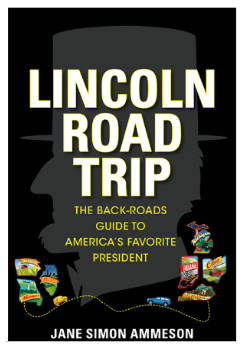
As most Hoosiers know, Abraham Lincoln grew up in southern Indiana. As a 7-year-old, he and his family moved from Kentucky to the wilderness area that became Spencer County; the Lincolns arrived in 1816, the same year Indiana achieved statehood.
We will reach beyond the boundaries of Indiana when Jane joins Nelson as a studio guest to explore some of the inns, homes, mills and recreated historic sites with a connection to Lincoln (1809-1865), his extended family and the historical events associated with his life.Our itinerary for the show will include traveling to Kentucky to explore the Old Talbott Tavern in Bardstown, which opened as an inn in 1779. Abe Lincoln was about five when he stayed at the inn; according to Lincoln Road Trip, it is considered "one of the oldest taverns in continuous operation in the United States and the oldest stagecoach stop west of the Allegheny Mountains."
Guests at an inn in Corydon, Indiana's first state capital, included Josiah Lincoln, Abe's uncle. Josiah (the brother of Thomas Lincoln, father of the future president) visited the Kintner Tavern after he moved to Harrison County to establish a 160-acre farm near Corydon in the early 1800s, according to Lincoln Road Trip. Although the original tavern was destroyed by a fire, its owner, Jacob Kintner, later opened the Kintner House Inn, which still stands.
And here's another Lincoln-connected bit of trivia about Harrison County: Because there are no direct descendants remaining of Abraham Lincoln - the last, his great-grandson Robert Todd Lincoln Beckwith, died in 1985 - descendants of Josiah Lincoln are considered, as Jane puts it, "among the closest living kin of the greatest American president." Many of Josiah Lincoln's descendants continue to live in Harrison County or nearby.
Thousands of visitors from across the country have seen the burial sites of Abraham Lincoln's mother, Nancy Hanks Lincoln, and his older sister, Sarah Lincoln Grigsby, at the Lincoln Boyhood National Memorial in Spencer County. The site includes a recreation of the log cabin the Lincolns built when they moved to the Little Pigeon Creek settlement in the wilderness."It was a region with many bears and other wild animals still in the woods," Lincoln recalled later in life. "There I grew up."
© 2019 Hoosier History Live. All rights reserved.
|
